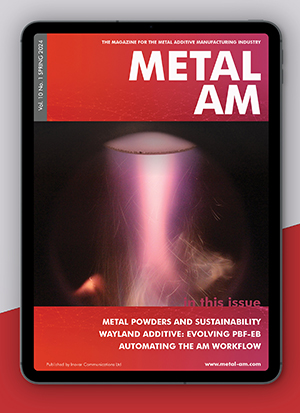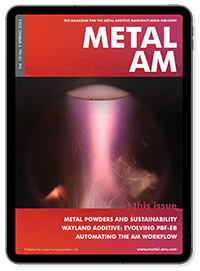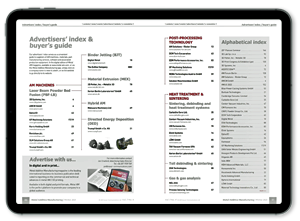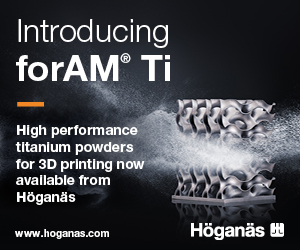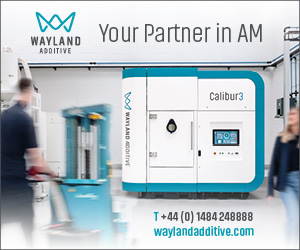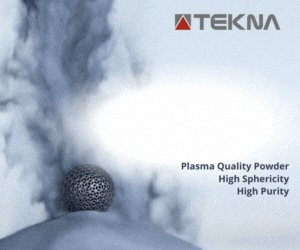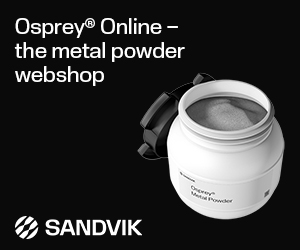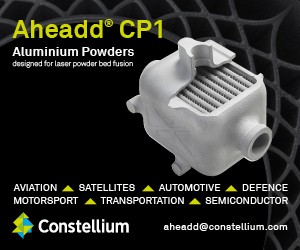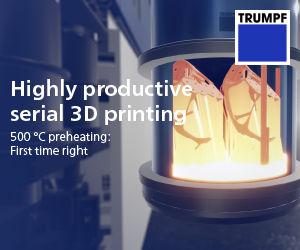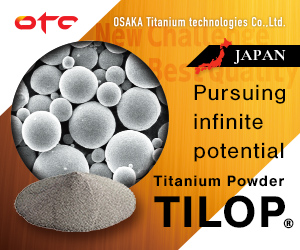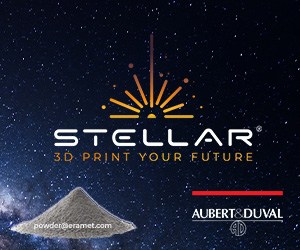Nikon releases Lasermeister LM300A DED machine and Lasermeister SB100 scanner
April 10, 2024
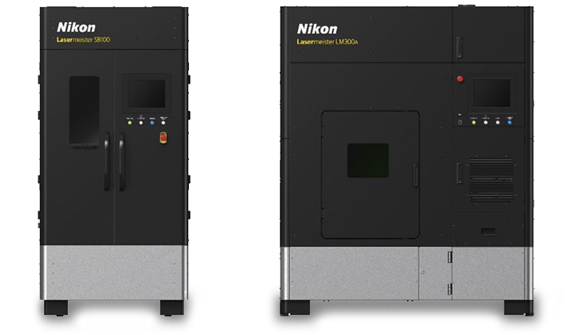
Nikon Corporation, headquartered in Tokyo, Japan, has expanded its range of Directed Energy Deposition (DED) metal Additive Manufacturing machines with the release of the Lasermeister LM300A. The company also announced the release of a complementary 3D scanner, the Lasermeister SB100.
The LM300A has been developed for industrial applications and, when paired with SB100, is aimed at tasks such as repairing turbine blades and molds.
Turbine blades are used in aircraft engines and power generators to help extract energy from hot gas. However, due to exposure to harsh conditions, these turbine blades degrade over time, and periodically, the worn-out blades must be repaired to continue usage. The traditional turbine blade repair process involves cutting and scraping the worn area for each blade, which takes time and generates waste. The blade is then manually welded for repair, and grinding is performed to restore the part to its ideal shape. This repair process introduces many challenges, explains Nikon, including difficulties in securing highly skilled welders, which can lead to quality consistency issues and long lead times.
To address the numerous challenges in the conventional repair process, Nikon developed the LM300A and SB100 to reduce lead times by up to 65% of the conventional welding process and minimise post-processing requirements. In addition to the turbine blade example, this technology is intended to provide great value to automobile, railway, machinery industry and other repair applications.
Nikon highlighted scanning and tool path generation as a key benefit of its SB100: by placing a workpiece inside the machine, the module begins to scan and measure it inside the chamber. It then compares its current actual shape with its ideal CAD model to extract the difference, using a built-in high-precision scanning feature. The SB100 then automatically generates the tool path data for repair specific to each damaged or worn-out workpiece.
The tool path data is then transferred to the LM300A to initiate high-precision Additive Manufacturing. Once the AM process is completed, the workpiece can be placed back into SB100, where it will be scanned and inspected to confirm the repair was performed to its ideal model. This automation and streamlined workflow can contribute to reduced costs and lead time for industrial users.
The company also highlighted the LM300A’s high-precision processing of various metal materials. In the case of turbine blade repair for example, the LM300A can process within the accuracy of +0 mm to maximum +0.5 mm difference for the XY-axis direction and +0.5 mm to maximum +1.5 mm difference for the Z-axis direction, enabling ultra-high precision.
In addition, real-time laser power control by the melt pool feedback system delivers smooth surface finishing and precise processing of parts, ultimately achieving crackless repair with high quality and stability. The ability to build onto existing parts with high precision and provide this advanced repair solution that is compatible with a variety of materials is a key benefit of Nikon Additive Manufacturing technology.
Download Metal AM magazine
